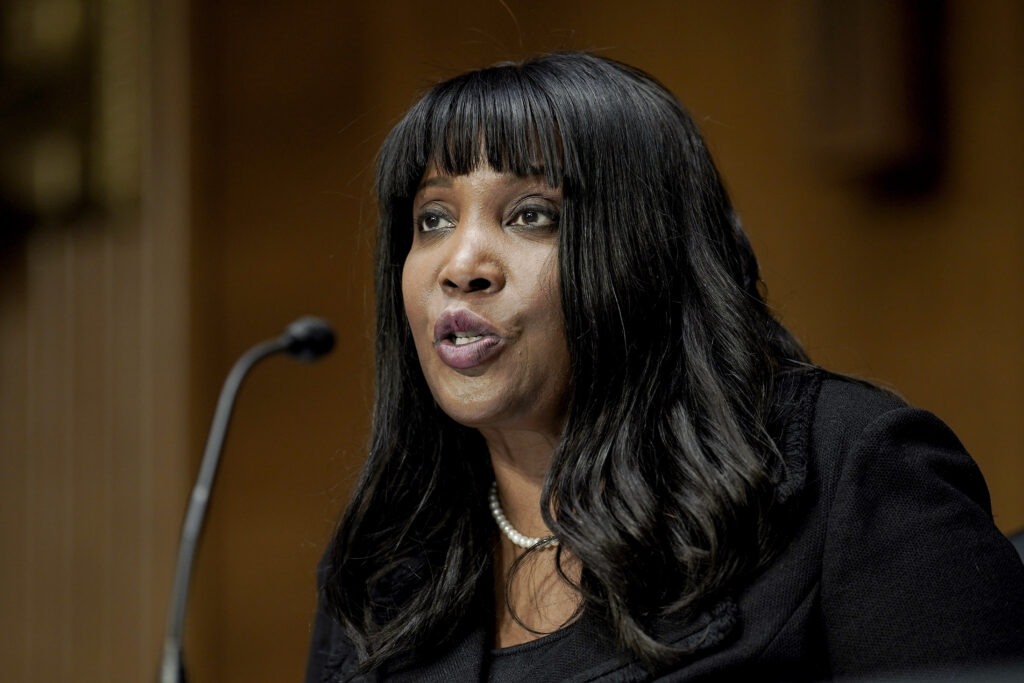Trump Fires Federal Reserve Gov. Lisa Cook in Unprecedented Attack on Agency Independence

President Donald Trump removed Federal Reserve Governor Lisa Cook effective immediately Monday, marking the first time in U.S. history that a president has tried to fire a sitting member of the Federal Reserve Board.
“Pursuant to my authority under Article II of the Constitution and Section 10 of the Federal Reserve Act of 1913, you are hereby removed as a member of the Board of Governors of the Federal Reserve System, effective immediately,” Trump wrote in a letter addressed to Cook. “The executive power of the United States is vested in me as President. I have determined that faithfully executing the law requires your immediate removal from office.”
This move is legally unprecedented and immediately raises questions about the limits of executive power over the central bank. Federal Reserve governors are appointed to 14-year terms precisely to insulate them from political pressure, and by statute they may only be removed “for cause.”
Trump cited allegations that Cook signed mortgage documents claiming two different homes as her “primary residence” in the same year, calling it “deceitful and potentially criminal conduct.” But no court has ruled on those claims, and Cook has not been charged with any crime.
Cook has denied wrongdoing and refused earlier demands to resign.
“President Trump purported to fire me ‘for cause’ when no cause exists under the law, and he has no authority to do so,” Cook said in a statement. “I will not resign. I will continue to carry out my duties to help the American economy as I have been doing since 2022.”
Independent agencies — including the Fed — have long been protected from arbitrary dismissal, a safeguard rooted in a 1935 Supreme Court decision, Humphrey’s Executor, that shielded regulators from partisan purges.
In May, the Supreme Court allowed Trump to fire members of labor and civil service boards, but it specifically and explicitly excluded the Federal Reserve from those rulings, citing its unique, quasi-private structure and its historical role in maintaining economic stability.